A City of Toronto project to extend the West Toronto Railpath two kilometres is proving to be a lightning rod for controversy with councillors and others on social media calling its $149-million price tag exorbitant and demanding accountability.
What began as a $23-million project when it first saw light in 2016 has ballooned in cost over 500 per cent. The project, a line item in the transportation capital budget in Mayor Olivia Chow’s city budget in February, went unnoticed at the time but media releases issued Aug. 1 announcing a $23-million federal contribution prompted a furor.
“Metrolinx’s price tag of $150 million to build a two-kilometre walking trail is unreasonable,” tweeted Coun. Josh Matlow Aug. 13. “We need to move forward with the project, but the current price tag…is outrageous.”

‘Concerned and angered’
Coun. Vincent Crisanti said he was “deeply concerned and angered” by the allocation.
“This substantial expenditure comes at a time when essential services…are, in my opinion, underfunded and in critical need of attention.”
Coun. Brad Bradford, who contested the mayoral race alongside Matlow last year, tweeted, “When the city’s finances are tight, the mayor and city hall need to treat tax dollars with respect. Spending $150 million on a two-kilometre path will make people’s heads explode.”
Chow contributed a quote to the media releases praising the path extension as a community resource, while local Coun. Alejandra Bravo was also quoted in the releases, and posted on X, “Thrilled to announce that a $23 million investment has been secured from the Government of Canada’s Active Transportation Fund…”
Bradford said in an interview the expenditure was the mayor’s responsibility, given it was contained in Chow’s budget, and pointed out he had voted against the budget along with a handful of other councillors.
It was calculated in one report that the project cost had escalated from $74 million in the 2023 budget — a hike attributed in part to Metrolinx’s administration of the project.
Matlow asked in a tweet, “Is Metrolinx the problem? Do we need to bring construction in house?”
He calculated the railpath extension takes up 55 per cent of the 2027 capital budget for transportation improvements. Observers have compared the costs of other linear projects, both transit and pathways, and one found the cost of the railpath extension is on an order of magnitude 50 times greater than other pathway projects.
Chow did not respond to emails asking for comment. Metrolinx, which continues to be under fire for continued delays in commissioning the Eglinton Crosstown LRT project, deferred a request for comment to the city.
The City of Toronto administration offered details of the project but declined to comment further. Neither Bravo nor Matlow responded to requests for further comment.
The project will extend the pathway from its current endpoint at Dundas Street West and Sterling Road to Abell Street and Sudbury Street.
The extension will offer connections to the Bloor GO Station and the new King-Liberty Station. Metrolinx is working on adjacent rail improvements.
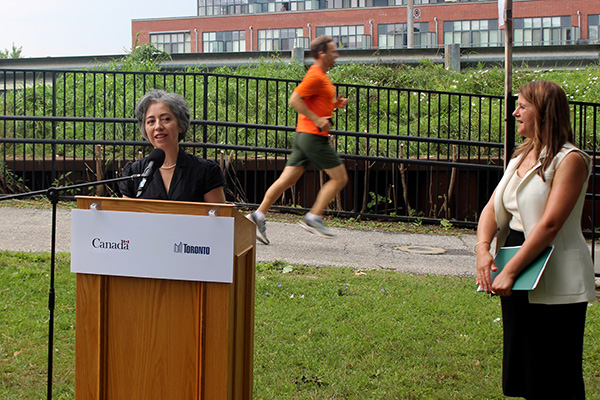
Unique ‘construction complexity’
“The construction complexity of the West Toronto Railpath corridor is unique to this project,” the statement said.
Complex factors cited include property acquisitions and associated environmental remediation; construction of four new bridges crossing the Barrie corridor rail line, Lansdowne Avenue, Brock Avenue and Queen Street, including noise walls; new retaining walls along the rail path; relocation of major utilities; increases in the cost of materials; and engineering and insurance.
Since 2020, the city has been working on buying private properties, relocating major utilities, securing permits and co-ordinating with Metrolinx’s Kitchener GO Line expansion, which required the realignment and upgrades to the existing section of the railpath.
“Both parties continue to work together to find cost savings and efficiencies,” the statement indicated.
Bradford said there needs to be accountability for the cost escalation.
“Leadership would be convening a table with Metrolinx, contractors, procurement managers and division heads and asking those tough questions about why has this increased six times over the initial budget proposal back in 2016,” he said.
“Why did that happen? Is there value engineering that could be undertaken to help manage those costs? What steps have you taken to manage costs? Are there opportunities for different materials, different alignment, different construction techniques or open tendering?”
Construction is targeted to start in 2025.
Follow the author on X/Twitter @DonWall_DCN.





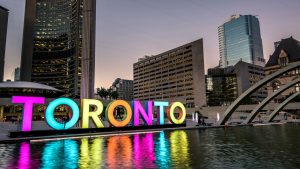
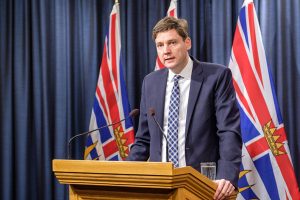
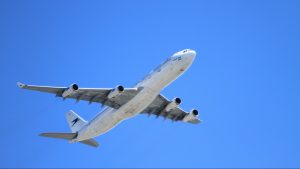
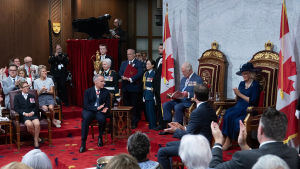


Recent Comments